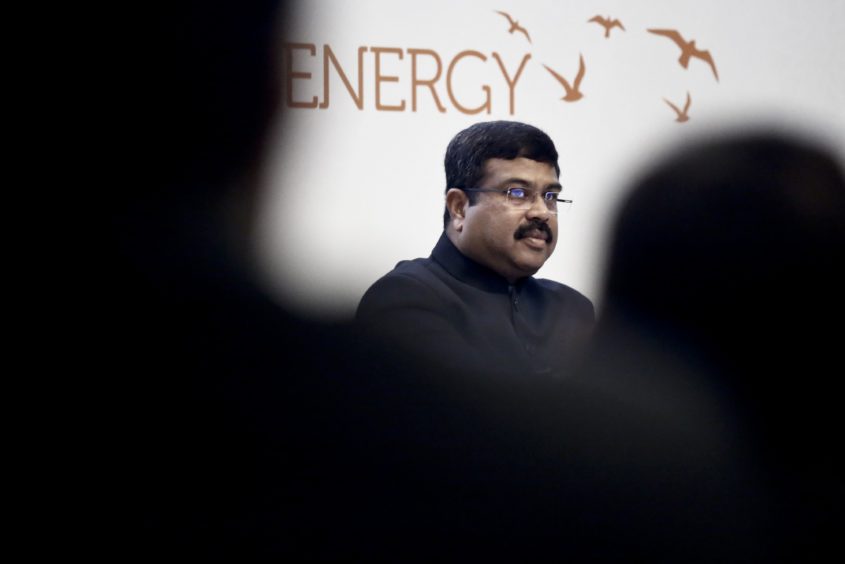
The Indian government is trying to persuade ExxonMobil to take stakes in offshore acreage controlled by state-backed Oil & Natural Gas Corporation (ONGC).
In January, local media reported that ONGC had approached ExxonMobil regarding a potential joint venture covering six offshore exploration tracts in the Cauvery basin and Mumbai offshore.
The government’s overtures seeking to form a partnership with the U.S. major at some of India’s big producing fields has surprised many analysts. Historically only exploration acreage and positions in marginal producing fields have been offered by the state-backed players to IOCs, such as ExxonMobil. This could signal a shift in government policy.
Indeed, Indian oil minister Dharmendra Pradhan previously told local media in December 2020 that “ExxonMobil is in active discussion with some of our companies to participate in some of our producing fields.”
With the exception of BP, IOCs have largely steered clear of India’s upstream sector in recent years. Although, ExxonMobil has been sniffing about. The U.S. major has been evaluating upstream opportunities from the sidelines, while seeking an easier policy framework and studying geological opportunities, after signing a joint technical studies agreement with ONGC in 2019.
Still, while the majors, including BP, Total and Shell, have stepped up investments in India’s expanding gas and renewables markets, there appears to be little appetite for India’s upstream sector.
India’s discussions about upstream opportunities with the majors started after some policy changes in 2019, which allowed the national oil companies (NOCs) to bring foreign partners into legacy projects, Alay Patel, an Indian upstream specialist at Wood Mackenzie told Energy Voice.
With the oil price collapse last year, many oil companies, and not just ExxonMobil, have become extremely focused with their investment dollars. As a result, Patel feels there is a very low probability that the talks with ExxonMobil will materialise in any firm investment commitment offshore India.
Nevertheless, the government would welcome any investment in the upstream sector from foreign players, big or small, because the domestic industry is dominated by a handful of companies. Diversification in the sector would be beneficial, added Patel.
However, the real international investment interest lies in the renewable energy and downstream gas sector, said Patel. This is not surprising, given India is set to see the biggest increase in energy demand of any country over the next 20 years, according to data from the International Energy Agency (IEA).
Still, India’s upstream sector remains unattractive for various reasons.
“There are some legacy challenges. There were also some disputes around policy in the past, which did not help and have left a lingering negative impression. Then when you look at the prospectivity, there really has not been a large discovery for a decade now. Nothing attracts attention like big discoveries and those have not really happened. So, it’s not just one thing, it’s multiple things, which combined make India less attractive, especially when you look at the set of opportunities available across the world. India tends to slip down the pecking order. There is always something much more appealing available for upstream players and India is not in that top quartile,” said Patel.
“Based on today’s policy settings, India’s combined import bill for fossil fuels is projected to triple over the next two decades, with oil by far the largest component. Domestic production of oil and gas continues to fall behind consumption trends and net dependence on imported oil rises above 90% by 2040, up from 75% today. This continued reliance on imported fuels creates vulnerabilities to price cycles and volatility, as well as possible disruptions to supply,” the IEA said in its latest report.
